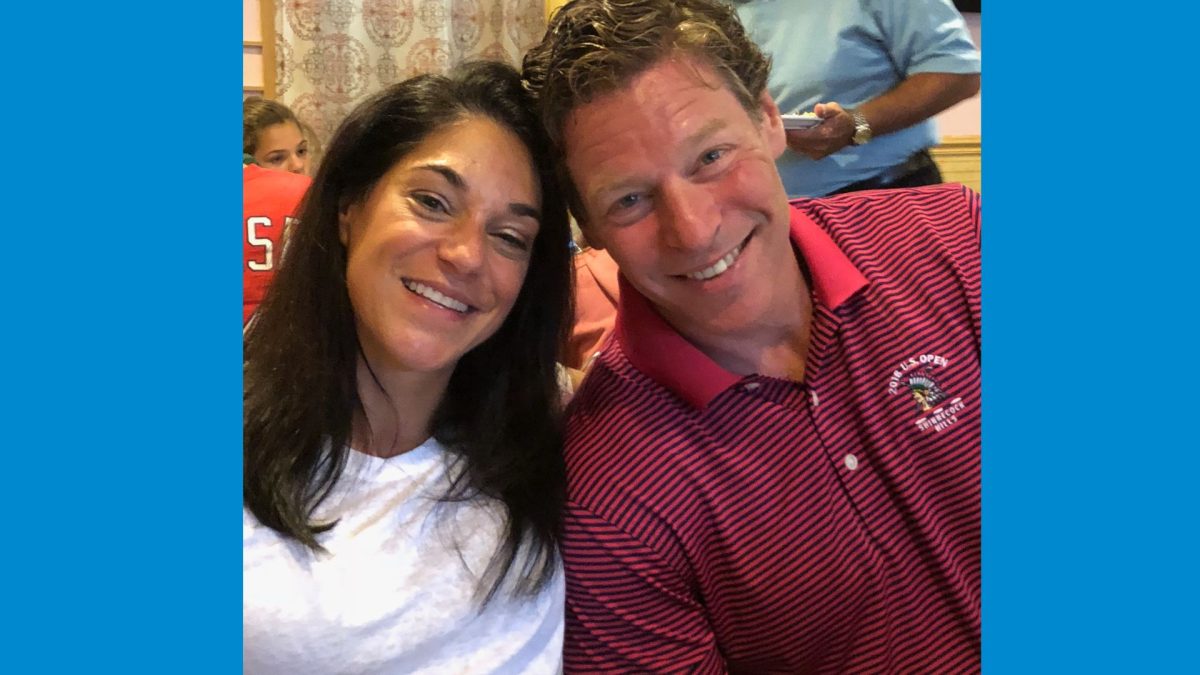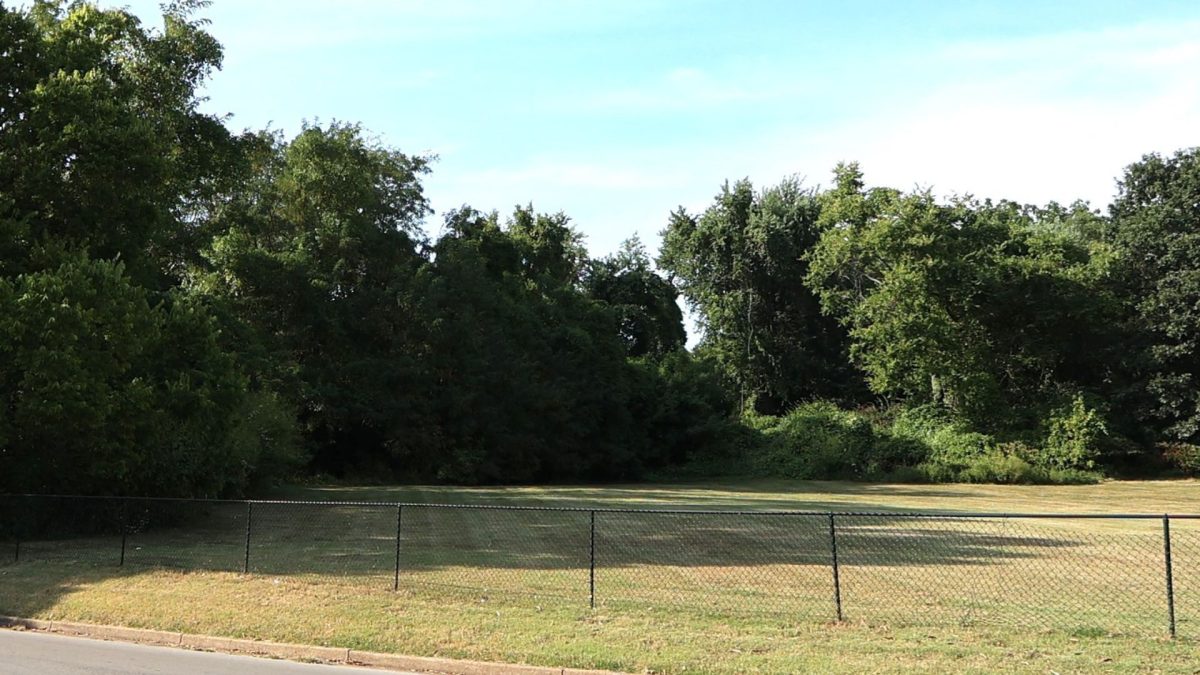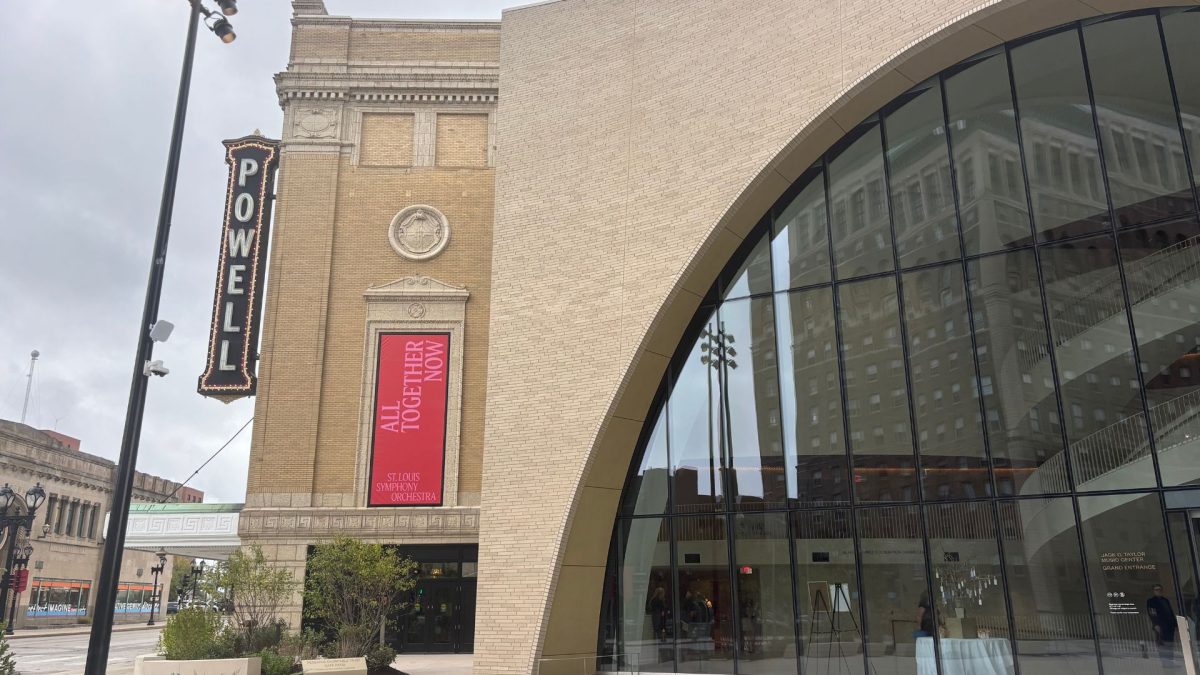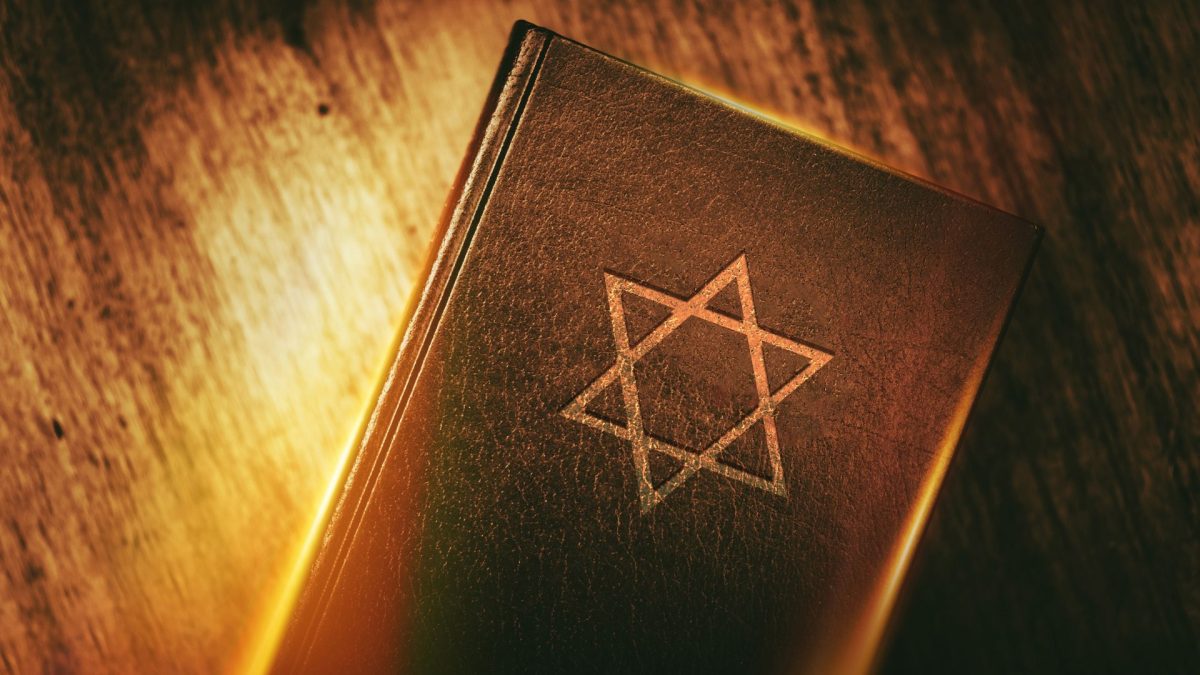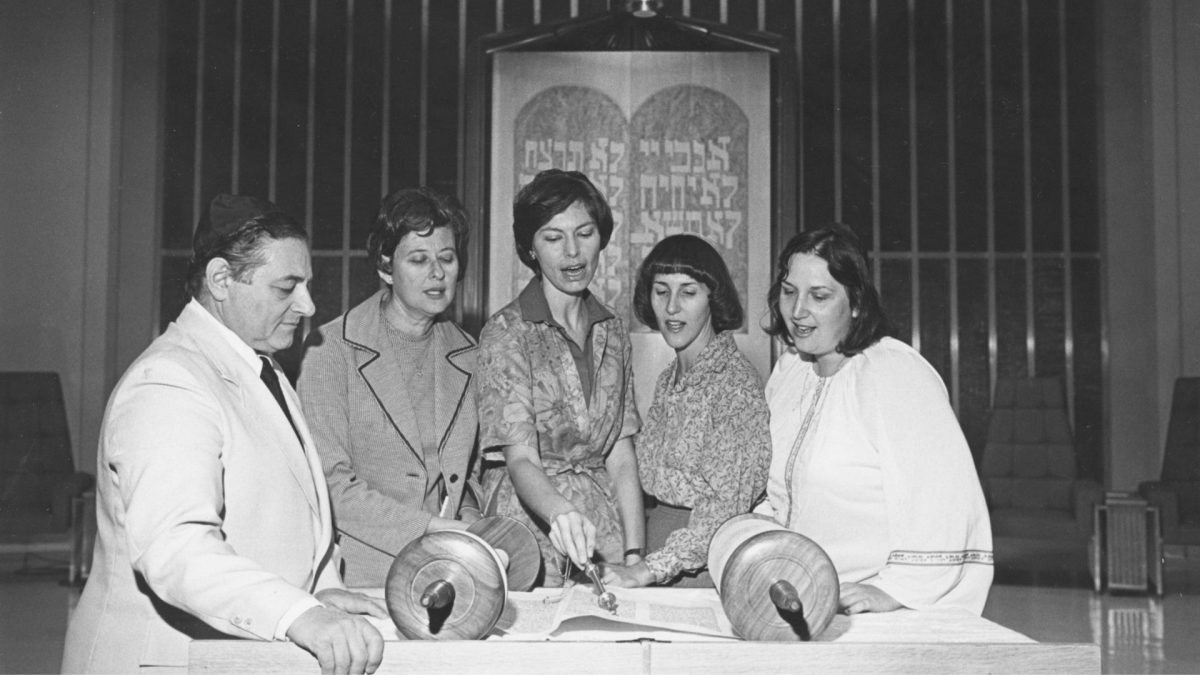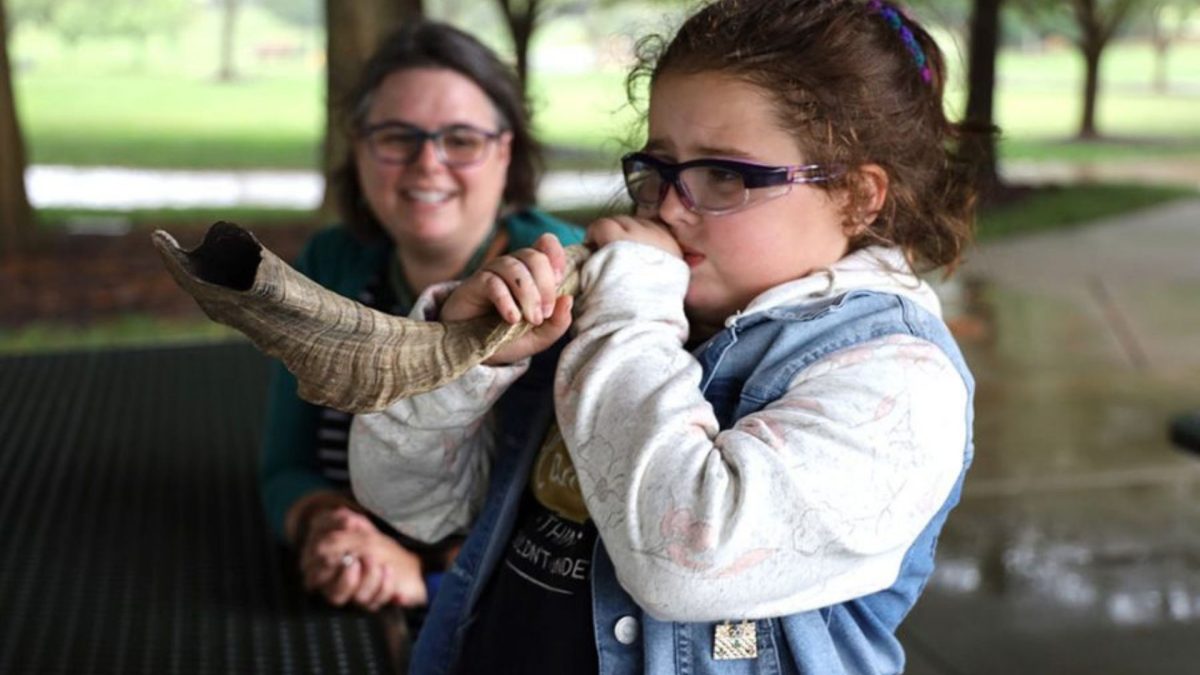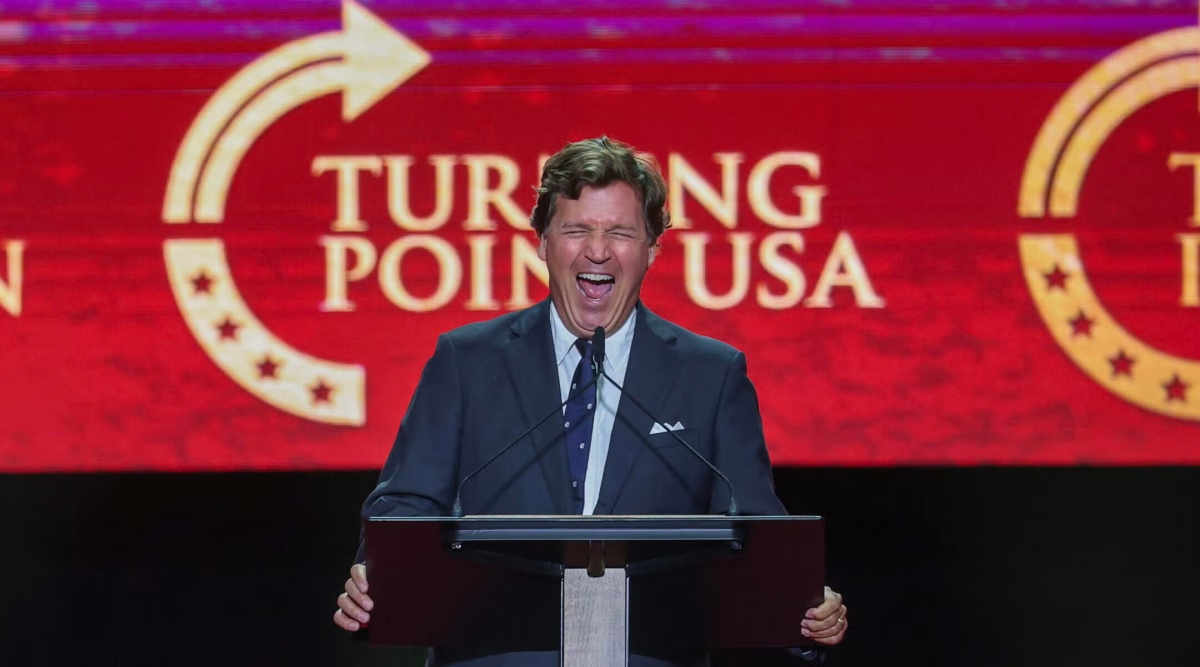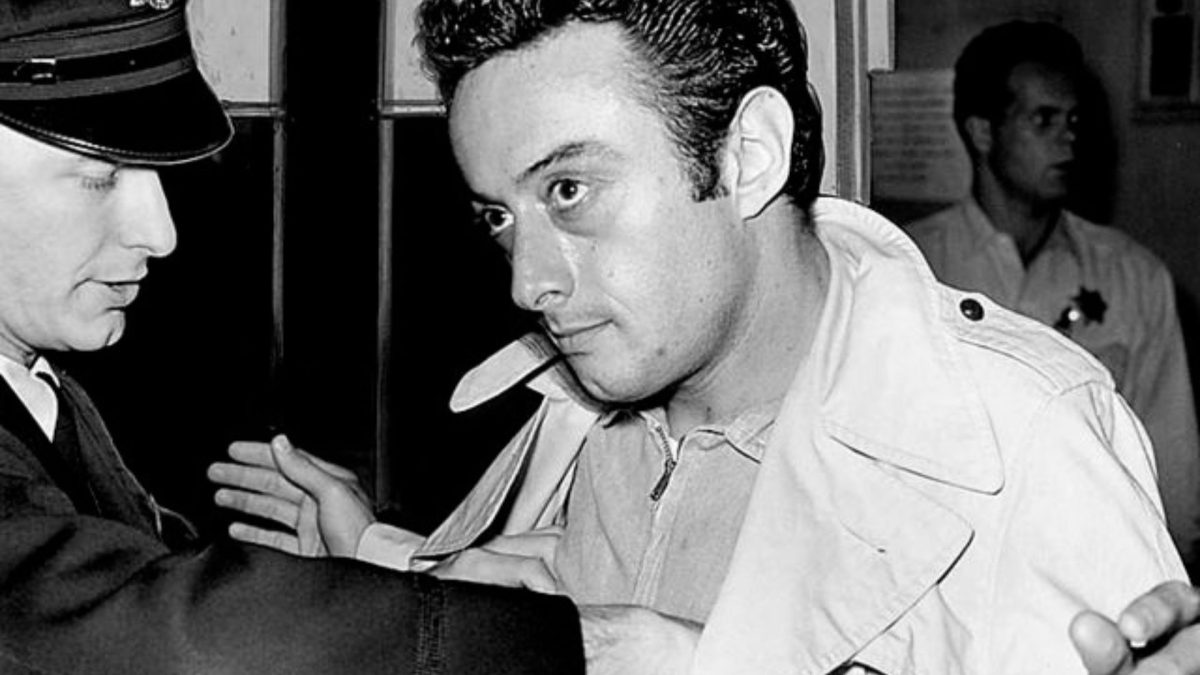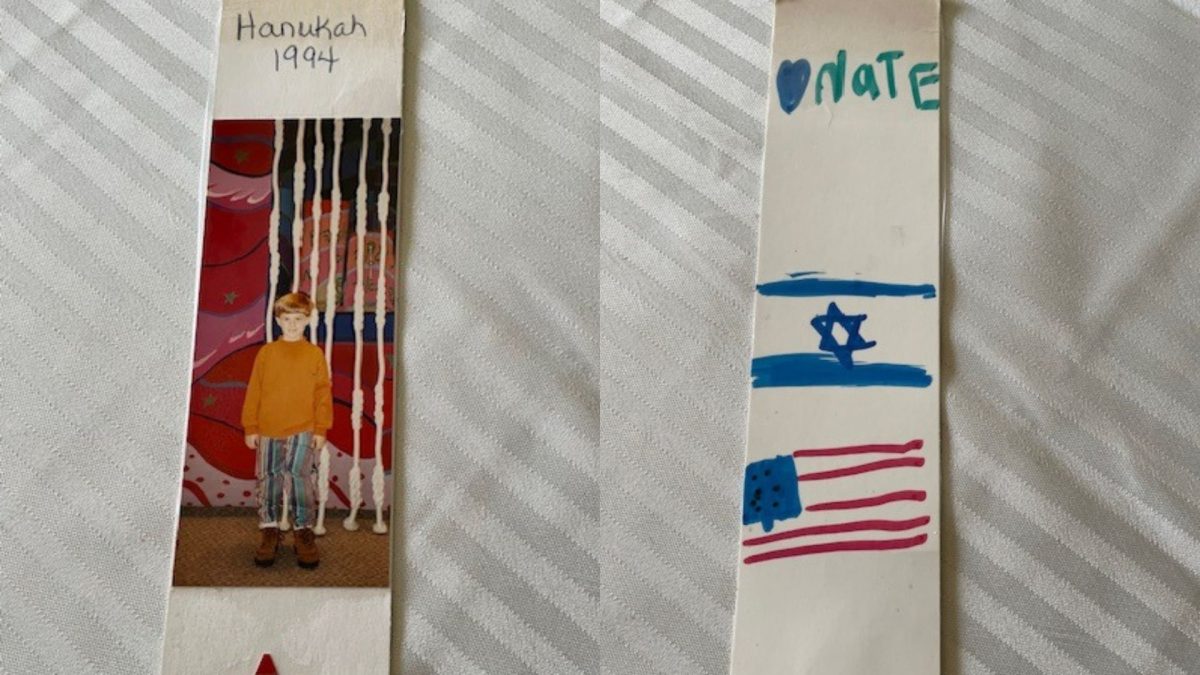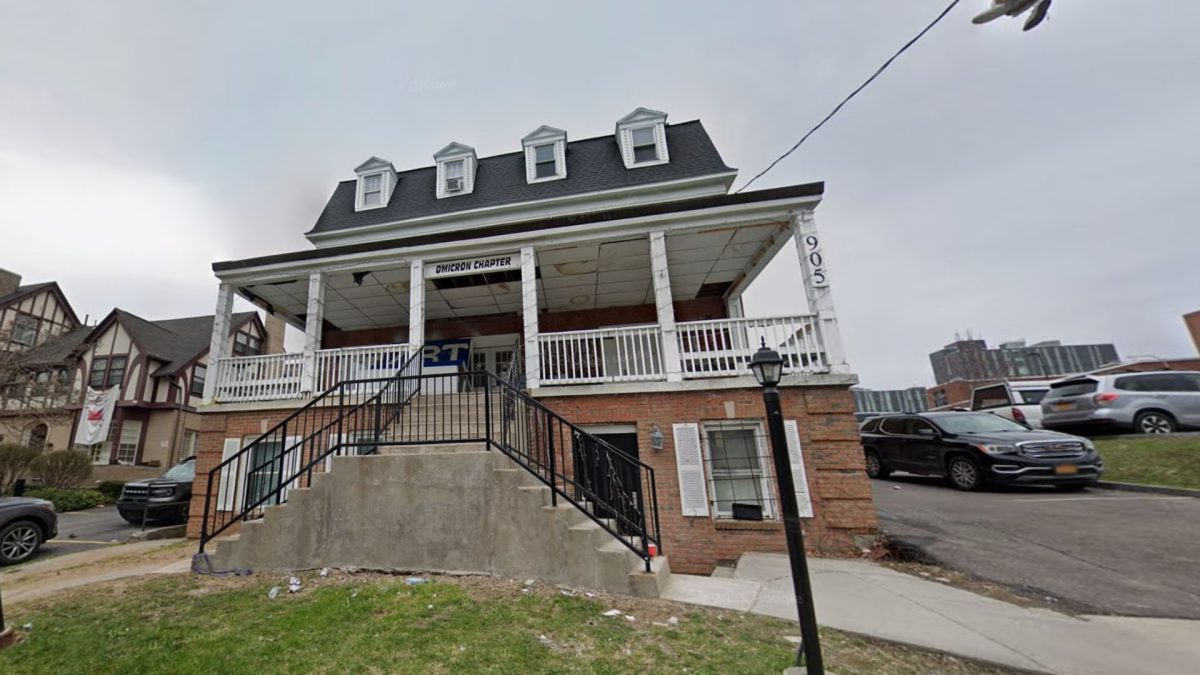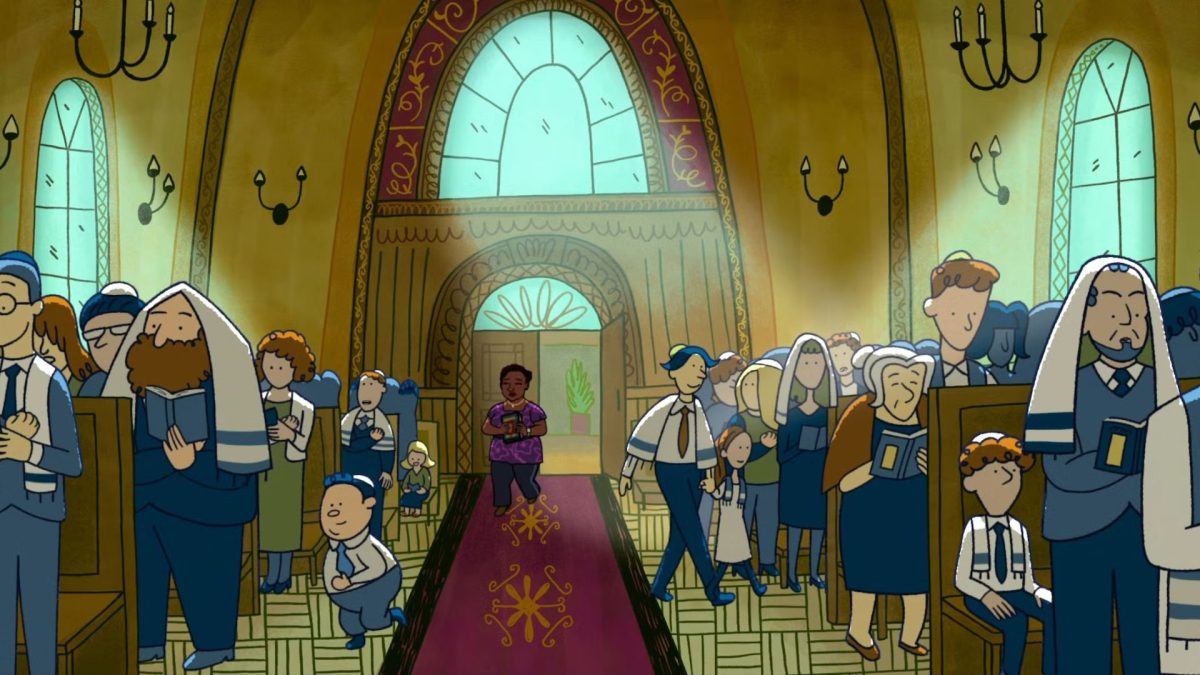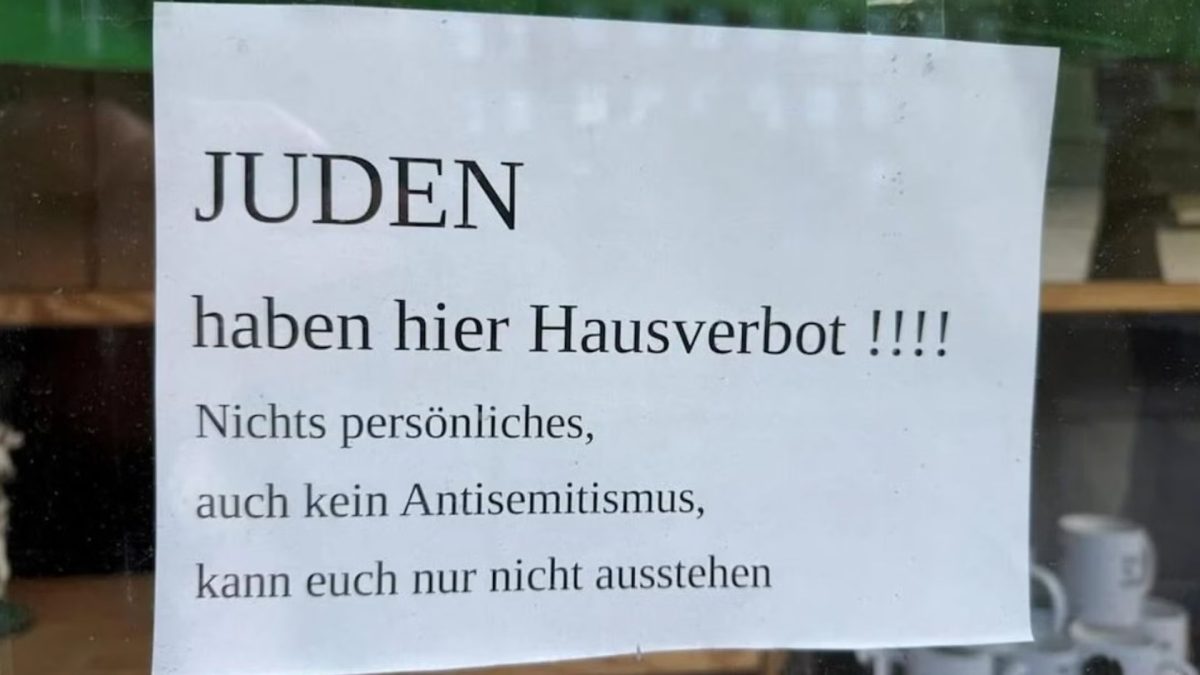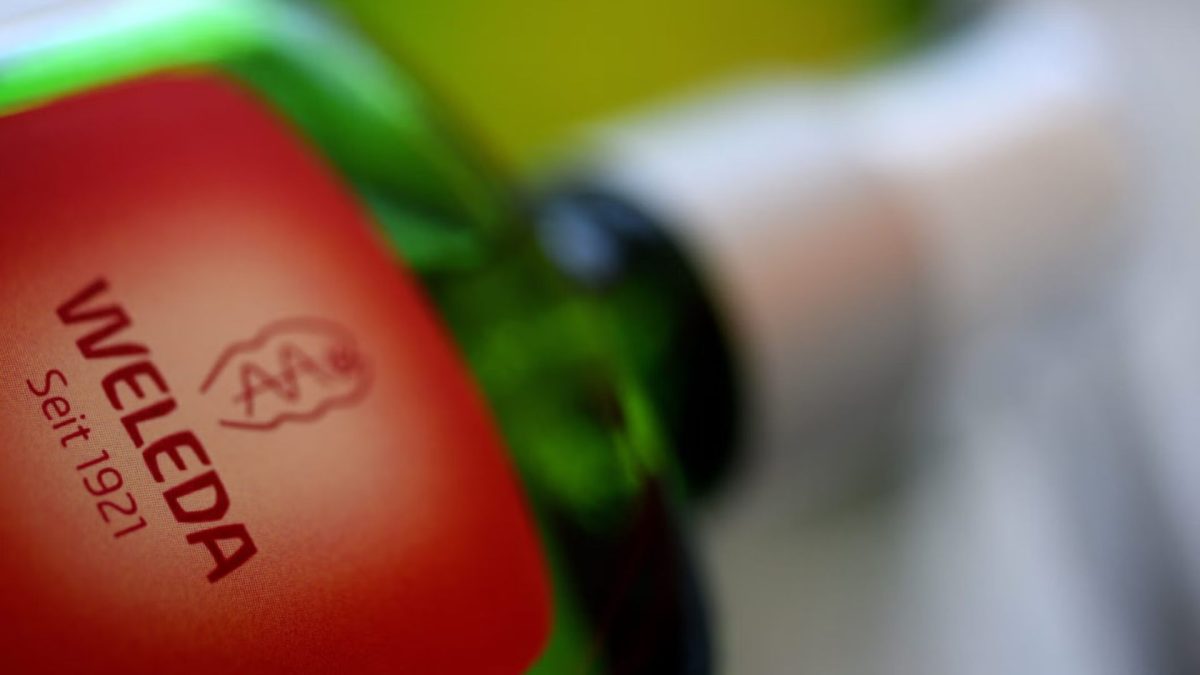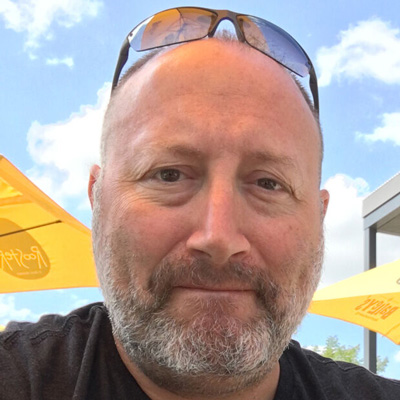Jewish cemeteries are full of clues: symbols, inscriptions, carvings. Many of us have seen them, but never truly read them. On Sunday, Aug. 24, the Jewish Special Interest Group of the St. Louis Genealogical Society is hosting a free session about understanding Jewish cemeteries. And it might change the way you see them.
“We all recognize the Jewish star,” said Ilene Murray, publications director of the St. Louis Genealogical Society and co-leader of its Jewish Special Interest Group. “But there are so many more symbols used on Jewish tombstones. Pitchers, hands, flames, trees cut in half, urns covered in shrouds, sleeping lambs. They all tell a story.”
The session, which will be held in person and on Zoom, will explore how those stories come together not just in St. Louis, but in Jewish cemeteries across the country.
It’s not just a grave. It’s a message.
For genealogists, cemeteries are gold mines.
“Although the general public tends to think of them as sad and maybe a bit haunted,” Murray said, “those of us who do family history realize that the places in which our ancestors are buried may yield a lot of information about them.”
That information isn’t always obvious. Some headstones include a person’s occupation, hometown or military service.
“You never know,” she said. “Some stones include the name of the deceased’s father and sometimes his or her mother. Some have exact birth and death dates. Some just have years.”
In some cases, even the placement of a grave can reveal surprising connections.
“Families are often buried together, which may result in finding new relatives. Even the location of a grave can give clues to help in our research.”
Understanding Jewish cemeteries beyond the surface
The talk will also examine how Jewish cemeteries in St. Louis compare to those in cities like New York or Chicago.
“In places like Chicago and New York, cemeteries are divided into sections based on social groups called landsmanshaftn,” Murray explained. “These were societies formed by Jewish immigrants from the same villages, towns, and cities in Central and Eastern Europe. They usually have gates with names of members inscribed on them. Burial in one of these sections will give researchers clues to origin.”
While the focus will remain on U.S. cemeteries, Murray said she will touch briefly on Europe, where many historic sites have been lost or damaged.
“European cemeteries have suffered a great deal of vandalism and destruction. Some are being reconstructed, which I’ll mention, but many stones, typically all in Hebrew, are badly weathered or purposely damaged.”
Learning from what’s left behind
The goal of the session is not just to inform, but to inspire.
“We always hope that people will learn something new that they can apply to their own family,” Murray said.
Event Info
Date: Sunday, Aug. 24
Time: 1 p.m.
Location: 4 Sunnen Dr., Maplewood
Cost: Free and open to the public
Zoom registration: Register here



